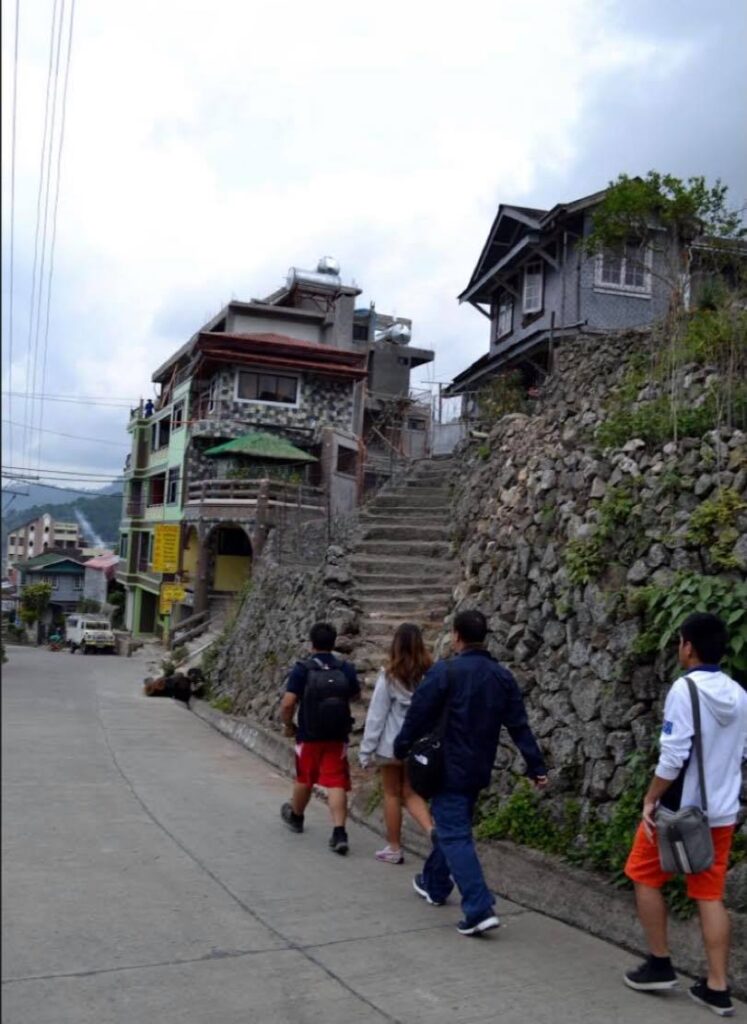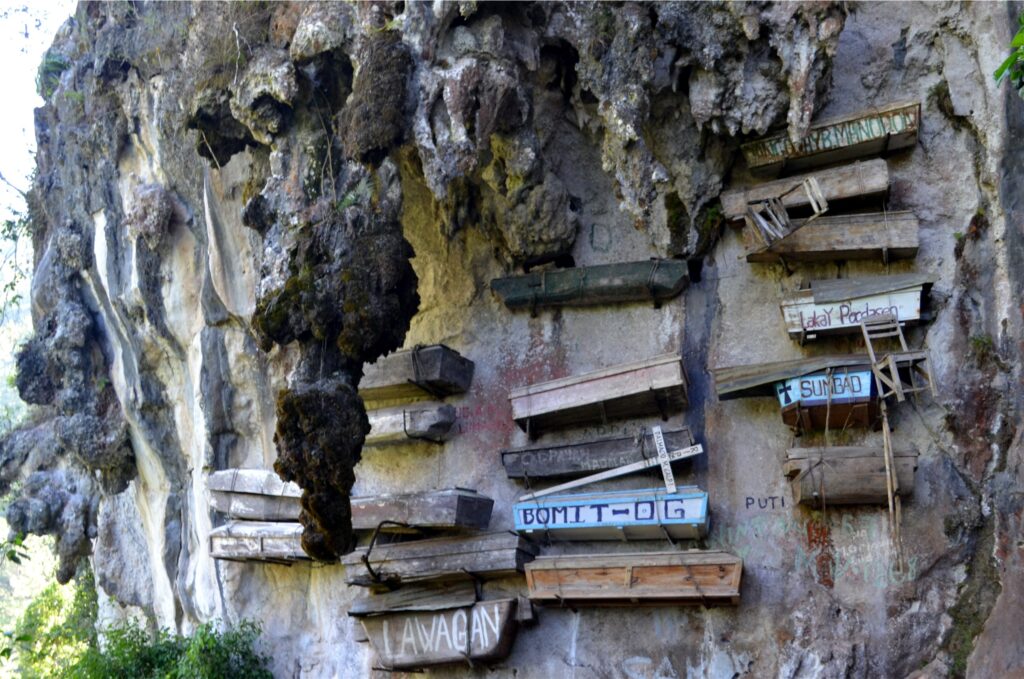Text and Photos by Henrylito D. Tacio
When I was invited to go to Baguio some years back, I was hesitant at first. I know that it is the country’s summer capital, but there was nothing more than fascinates me about the city. Just when I was about to answer negatively, I was told that there would be a side trip going to Sagada.
It changed everything. After all, I had just seen the monster hit, That Thing Called Tadhana, and some parts of the movie were shot in Sagada, touted to be “Mountain Province’s Pride.” While watching the film, I said that I wanted to visit the place. Now, I had that chance!
Just a few days before our trip, I read with keen interest what travel writer Alvin Bulaong Cruz wrote about the place in an article which appeared in a national publication: “Whether on a walking tour along the narrow pathways through the pine trees, or a hiking trip to the hidden waterfalls and underground caves, you’ll discover that Sagada is literally a walk in the clouds, and that wherever you are in Sagada, you’ll never lose its sweet lovin’ feeling.”
Enough said; I was going. The day finally came. But the trip to Baguio was so tiring due to the long and winding roads. It was already late afternoon when we arrived. We immediately checked in, and in just a matter of half an hour, we were already touring Baguio.
We slept late at night — so tired but feeling accomplished. The following day, we woke up early as we had to travel to Sagada. If you care to know, Sagada is two hundred seventy-five kilometers away from Manila.

A walk in the town 
Limestone mountains
The town — with hundreds of limestone mountains — is situated approximately 5,000 feet above sea level. If you hate cold, don’t go there during the month of February, as the average temperature reportedly drops to 12 degrees Celsius. In fact, it was last May when we visited the place, and it was still cold. In fact, we had to wear our jackets while trekking the places we went to.
Arguably the best-known attraction of Sagada is the Sumaguing Cave. There are other caves, but this one is the most visited due to its big chambers and notable rock formations. Unfortunately, we were not able to go inside as it was already 5 in the afternoon when we arrived at the place. What we did was just our photos take at the mouth of the cave.
Although we failed to get inside the cave, a big consolation was the scenic rice terraces you get to see on your way to the Sumaguing Cave. Since it was too far to go to the Banaue to see the real thing, we contented ourselves with taking photos of the rice terraces in this place.
On our way back, we dropped by at the 2000-year-old Lumiang Cave, which has been the resting place for Igorot tribal leaders. The coffins are smaller than usual because, according to tradition, they had to be buried in the fetal position. Although many locals are now burying their dead in a different cemetery, the coffins are still intact in the cave protected by today’s generation as a reminder of the tribe’s rich culture.
But what Sagada is famous for is its hanging coffins, made of hollowed logs, where dead bodies are placed inside and left hanging in the cliffs. It may be a bizarre tradition to some, but it is their way to put their loved ones closer to heaven.

To see those hanging coffins, you have to pass first Sagada’s iconic landmark, the St. Mary’s Church. It’s the first Anglican church established in the town, and the church adds a Western touch to the otherwise exotic landscape. If you wonder why it has stone walls and stained-glass windows, it’s because the church was founded by American missionaries in 1904.
A walk further from the church is a cemetery, where the natives don’t light candles for the dead. What they do, instead, is to set up small bonfires. So much so that during All Saints’ Day, the cemetery looked like it’s on fire from a distance.
Once you get to the cemetery, you are only half-way. If you walk further, you get to the place which they call Echo Valley.
Standing on the edge, you get a glimpse of the town, and when you look down, it is easier for you to see the hanging coffins. To get to see the coffins up close, you have to go down, following a steep trail.
Once you are down, be sure to follow your guide as you might get lost. It is a forested area, and there are lots of pathways. Stay as close as possible to your companions — or you may wander through the woods.
The hanging coffins are made of hollowed logs. The dead bodies are placed inside and left hanging in the cliffs. It may be a bizarre tradition to some, but it is their way to put their loved ones closer to heaven.
We left Sagada at 10 in the morning the following day. We were all exhausted with all the walking, climbing, and catching our breaths. But it was more fun than we thought. We bade goodbye, and we were on our way to Baguio and then to Manila.
As we traveled, I looked back at the place we had just visited. The words of Alvin Bulaong Cruz came to mind: “To set foot on Sagada is like entering a sacred place, and every step is part of a silent ritual, a pilgrimage in which you have to make a sacred offering of yourself to experience it beyond the physical and the superficial.”
How true, indeed!

